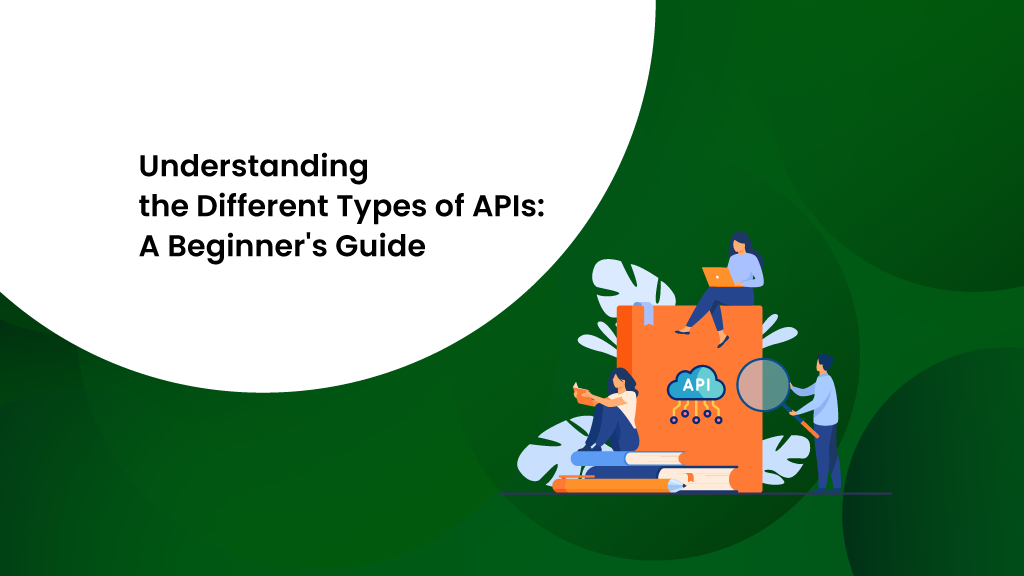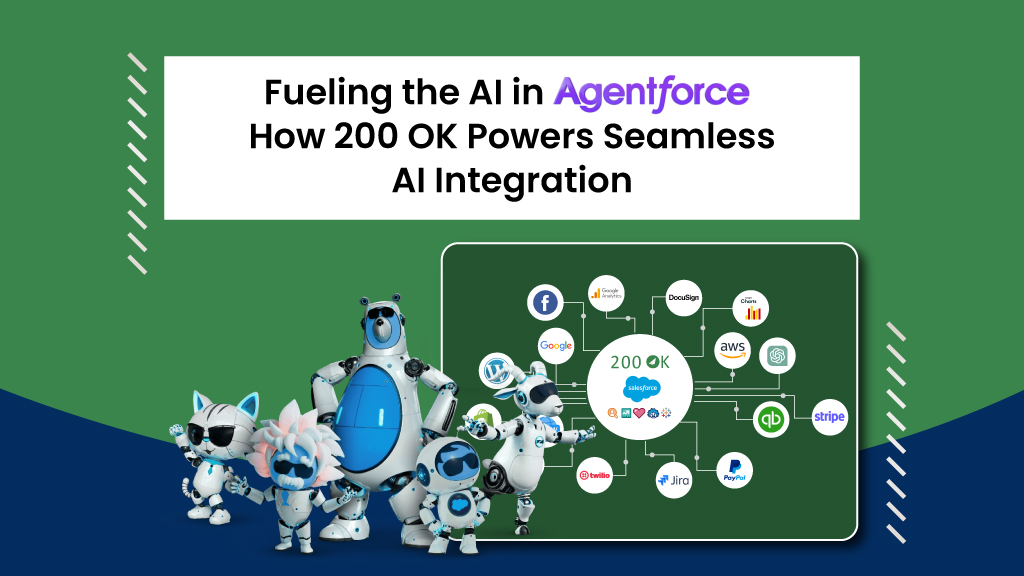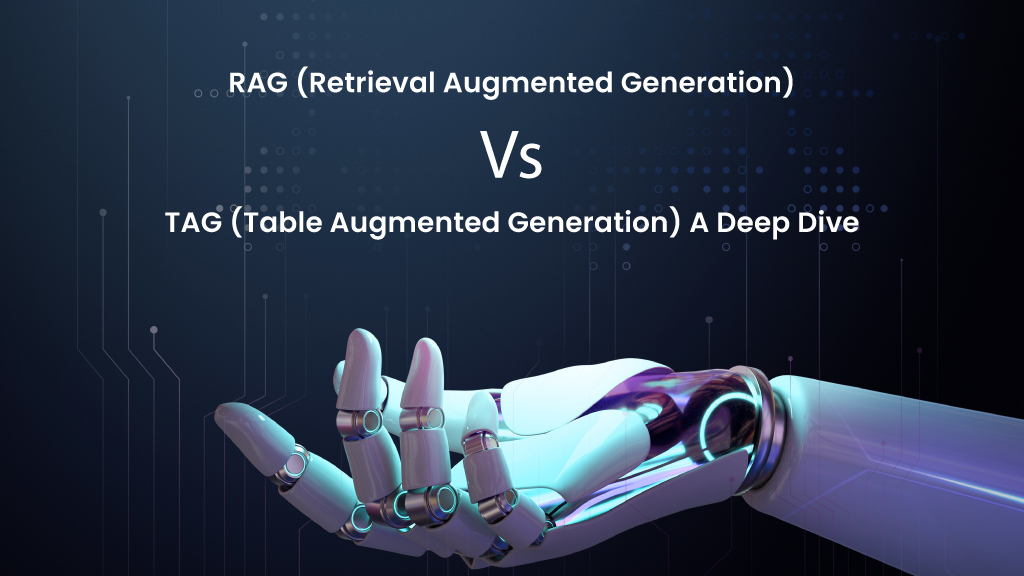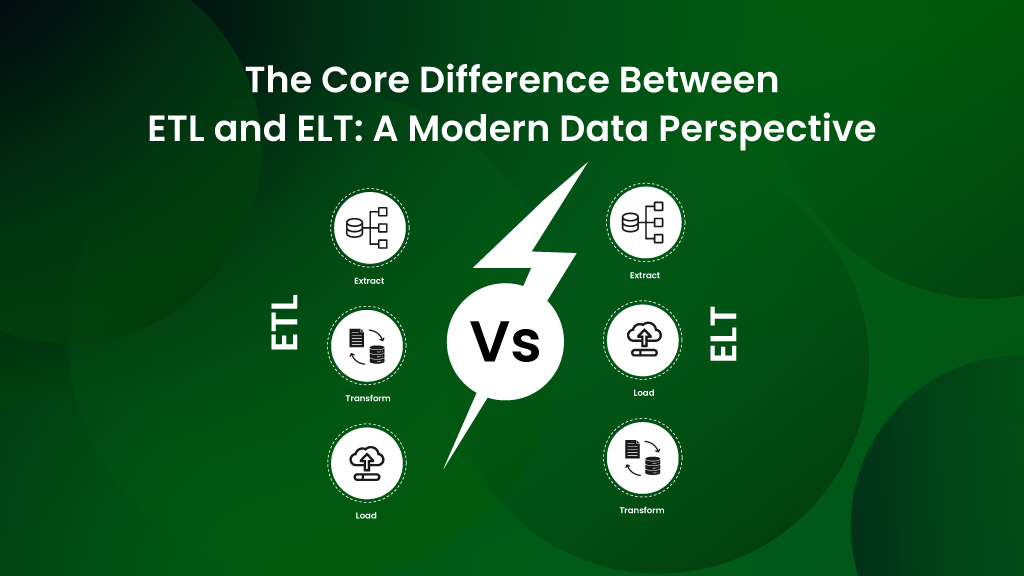What is an API?
How does API work?

To understand how APIs actually work, we need to understand the processes involved in it. The main process involved here is “Request and Response”. The application submitting the request for access is the client and the response part is taken care of by the server.
Let’s understand this process with a small example. Just imagine Kayla checking the weather on a weather app on their mobile phone.
- Request: As soon as Kayla opens her weather app, it sends a request to the weather API, including specific instructions about the information needed, and other parameters. Here, the weather app is the client.
- Request Process- The server that hosts the weather API receives the request. The server processes the request by interacting with the necessary software, database, or service.
- Response- After the request is processed, the server sends back the response with the particular information that was requested. The response is usually formatted in a standard way, such as JSON or XML, making it easy for the client application to understand and use.
- Response process- The client application receives the response and then processes the data as needed. This could involve displaying the data to the user, storing it, or using it to perform further operations.
In essence, an API acts as an interface between applications that help them to interact easily, making things move faster and more efficiently.
Extract: Data is collected from different sources such as databases, APIs, and flat files.
Transform: The extracted data is cleaned, aggregated, and transformed into a desired format or structure.
Load: The transformed data is loaded into a target system, mostly a data warehouse or database.
ETL, which is the traditional approach to data integration, ensures data quality before loading but can be time-consuming and resource-intensive.
Different Types of APIs
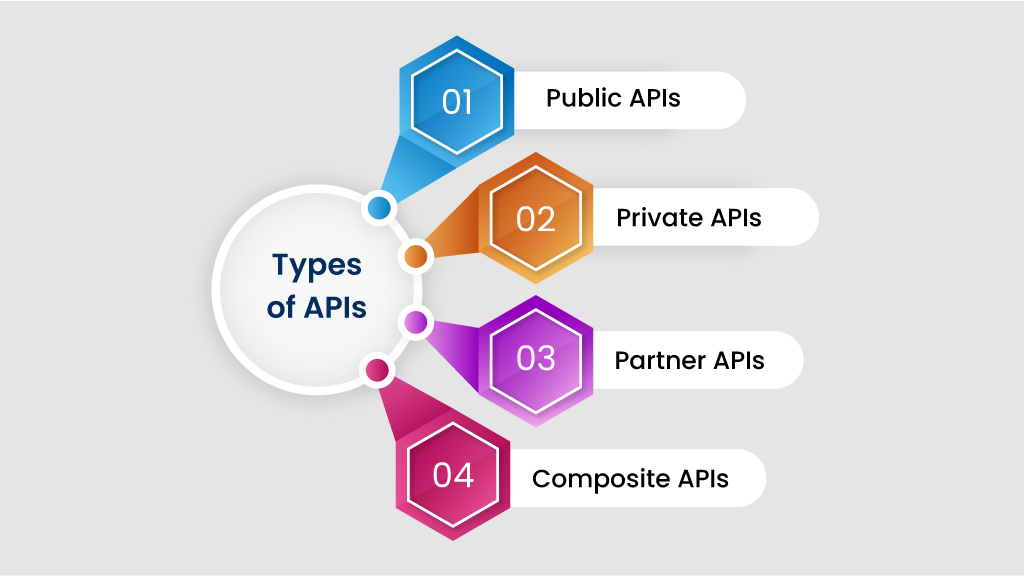
1. Open APIs (Public APIs)
As the name suggest, public APIs are publicly available APIs and have the least number of attached restrictions. These APIs are used by developers for building applications that interact with the services provided by the API.
Examples: Google Maps API, Twitter API, Facebook API.
2. Partner APIs
These APIs are only shared on demand, that is only with specific partners or businesses. This comes with an extra security layer and control as compared to the open APIs and are related to more exclusive integrations with truster partners. Examples: APIs provided by Salesforce for specific partners, APIs used in B2B integrations.3. Internal APIs (Private APIs)
These APIs are only related with the internal systems and are not exposed to any external party. They are only used for internal matters like improving the communication systems and sharing of private data between teams. Examples: APIs that connect internal systems within a company, such as HR systems, inventory management, or financial systems.4. Composite APIs
These APIs combine multiple data or service APIs into a single interface. This is particularly useful for situations where a user or application needs to make multiple API calls to different endpoints to get data or perform an action.
Examples: An API that pulls data from several different APIs (like weather, traffic, and calendar) to provide a comprehensive travel advisory.
Types of APIs (Based on Architectural Styles):
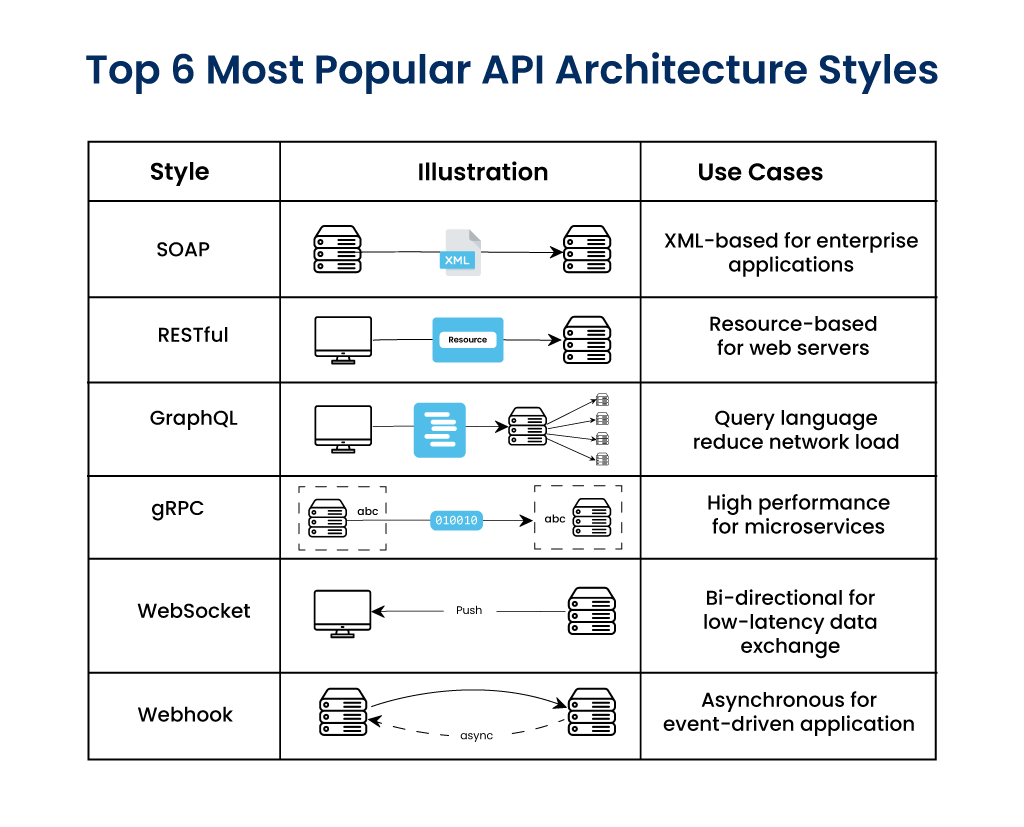
1. Web APIs:
- REST (Representational State Transfer) API:
Uses HTTP requests to GET, PUT, POST, and DELETE data. REST APIs are stateless and widely used due to their simplicity and scalability. - SOAP (Simple Object Access Protocol) API: Uses XML-based messaging protocol and is designed for exchanging structured information in web services. SOAP APIs are known for their robustness and security features.
- GraphQL API: A query language for APIs that allows clients to request exactly the data they need, reducing the amount of data transferred over the network.
2. Remote Procedure Call (RPC) APIs:
gRPC: A high-performance, open-source RPC framework that uses HTTP/2 for transport, Protocol Buffers as the interface description language, and provides features such as authentication, load balancing, and more.
3. Event-Driven APIs:
- Webhooks: Allow applications to provide other applications with real-time information. A webhook delivers data to other applications as it happens, typically via HTTP POST requests.
- Pub/Sub (Publish/Subscribe) APIs: Used in event-driven architectures where messages are published to a topic and subscribers receive messages from the topic.
4. Streaming APIs:
- WebSockets: Provide full-duplex communication channels over a single TCP connection, enabling real-time data exchange.
- Server-Sent Events (SSE): Allow servers to push updates to web clients over HTTP.
5. Security APIs:
- OAuth APIs: Used for token-based authentication and authorization. OAuth 2.0 is widely used for securing APIs.
- JWT (JSON Web Token) APIs: Provide a compact, URL-safe means of representing claims to be transferred between two parties.
6. AI/ML APIs:
- Natural Language Processing (NLP) APIs: Provided by services like Google Cloud Natural Language, IBM Watson, and AWS Comprehend.
- Computer Vision APIs: Provided by services like Google Cloud Vision, Amazon Rekognition, and Microsoft Azure Computer Vision.
Benefits of APIs
- Enhanced Connectivity: An enterprise on an average uses about 1200 applications. Just imagine the amount of data that must be residing in siloes! With the interoperability and integration benefits that come with using APIs, all these applications which were originally not designed to work together can seamlessly share data and bridge all gaps, efficiently.
- Great Efficiency and Improved Automation: By enabling businesses to the exchange of data seamlessly, the automation of workflows becomes extremely easy. Additionally, by automating repetitive tasks, the use of APIs helps the organizations to reduce manual intervention multifold and vacates manpower for other strategic tasks.
- Scalability and Cost Effectivness: With a modular approach to development, individual components can be upgraded or replaced without affecting the entire system, supporting scalability for enterprises. Apart from that, Developers can reuse existing APIs to build new features or applications, significantly reducing development time and hence the costs, plus the maintenance costs go significantly down with the reduced need of developing any new systems.
- Security and Compliance: APIs provide a safe way of sharing data across applications by using authentication and authorization protocols. For instance, API calls generally require authentication credentials. Additional security during data exchange can be ensured through the use of HTTP headers, cookies, or query strings. An API gateway can also be employed to manage access and further reduce security risks.
- Flexibilty: The use of APIs enables enterprises to integrate their systems with any third party application seamlessly, hence they’re able to customize their systems as and how they want to. With this effortless integration, businesses can tailor their applications, providing a more flexible and adaptable approach to development.
Common Use Cases of APIs
1. Integration:
Connecting disparate systems within an enterprise.
Use case: Integrating systems such as a CRM like Salesforce, an ERP like SAP, and other systems like HR systems, payment processing systems, etc.
2. Automation:
Automating workflows and business processes to increase efficiency.
Use Case: Automating lead generation by connecting a website form with a CRM system like Salesforce and an ads platform like Google Ads.
3. Data Exchange:
Sharing data between internal systems and external partners or clients and keeping in up-to date and consistent.
Use Case: Syncing customer data between a CRM system like Salesforce and an email marketing platform like Mailchimp.
4. Enhancing Functionality:
Extending the capabilities of existing applications by integrating third-party services.
Use case: Developing a mobile app that pulls data from an ERP system for field sales teams to access customer information on the go.
5. Artificial Intelligence and Machine Learning
Enhancing applications by integrating AI and ML services for tasks like natural language processing, image recognition, and predictive analytics.
Use case: Using APIs to integrate machine learning models for real-time data analysis in a business intelligence platform.
Wrap-Up: Getting Started
We need to wrap our heads around it now, APIs are the centre of the software integration ecosystem. APIs enable enterprises to build scalable, efficient, and interconnected systems, driving innovation and improving operational efficiency.
But, as mentioned before, there is a big need of understanding the ins and outs of this concept because every business’s needs are different, and even different types of APIs have their pros and cons.
This small a blog is just the tip of the iceberg.
If you’re looking to integrate your Salesforce with any third party application, you need to start now with 200 OK! Talk to our product expert today!
